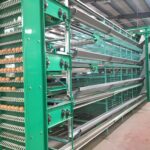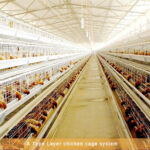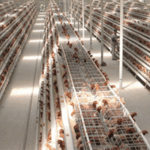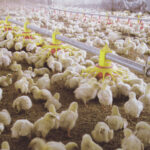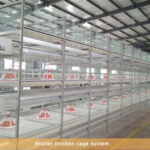Feeding management of laying hens in summer
The number and scale of caged laying hens are now rising at an alarming rate. The density of farming per unit area is large, and the management level of the breeders is relatively high. In fact, no matter what farming mode and breeding conditions, our managers are the first. The task is to manage the chickens so that the chickens have a comfortable living environment so that the chickens do not get sick or get sick.
Today’s sharing is mainly about some suggestions for using layer battery cages management. Friends can refer to:
1. Strengthen ventilation and reduce room temperature
Chickens do not have sweat glands and have poor adaptability to high temperatures. When the room temperature exceeds 25 cc, a water curtain can be placed at the air inlet to allow the hot air to cool before entering the house. When the temperature is above 30 °C, the spray can be cooled by a high and low mist rotary nozzle sprayer, and sprayed once every 2-3 hours, which can effectively reduce the temperature inside the house. In addition, some other measures can be taken to cool the house, such as installing a fan, installing a sunshade on the top of the house, planting trees around the house.
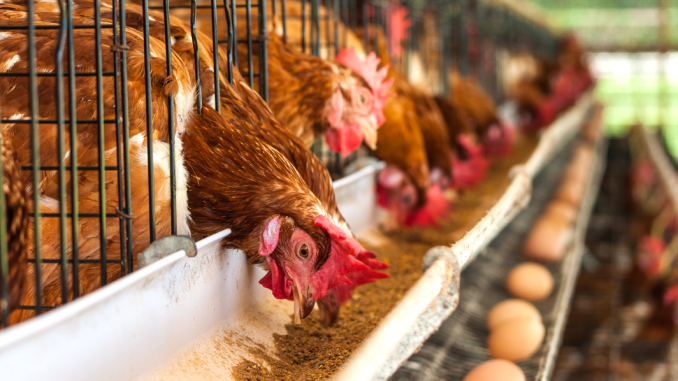
2. Guarantee drinking water and reduce density
In summer, the temperature is high, the chicken’s breathing is accelerated, the body’s water evaporation is large, and its drinking water is obviously increased. Therefore, it is necessary to set up enough water tanks to ensure that the chickens have enough water. At the same time, to keep the drinking water clean and hygienic, you can increase the multi-dimensional content of electrolysis (drinking at 13:00-18:00) in drinking water to alleviate the effect of heat stress on laying hens. Due to the high temperature, the chicken breathing rate is increased, the concentration of carbon dioxide and harmful gases in the air is increased, so it is necessary to reduce the stocking density, reasonably allocate the feeding space, and often open the doors and windows for ventilation, and conditionally install the exhaust fan to facilitate the circulation of air inside and outside.
3. Adjust feeding time and improve diet structure
Every day should be more seasoning in the morning and evening when cooling, diligent feeding, stimulate the appetite of the chicken, let it eat more, but pay attention to avoid the accumulation of wet material in the trough, while adding the green feed content. The green water content of the green feed can not only meet the water demand of the chicken, but also increase the appropriate I:1 nature of the feed and stimulate the appetite of the chicken. High temperature in summer will cause the chickens to eat less, and the intake of nutrients is insufficient. Measures should be taken to stimulate more food intake, and the nutritional level of the diet should be improved to make up for the lack of nutrition.
1) Increasing the energy of the diet can increase the vegetable oil by about 2% in the diet.
2) Increase protein or amino acid levels. In summer, the feed intake of laying hens is generally reduced by 10% to 15%, and the protein intake of the diet is also reduced, resulting in lower egg weight and lower egg production. Therefore, it is necessary to timely supplement the protein to maintain the balance of the diet. Appropriate increase in amino acid content, especially methionine and lysine.
3) Increase the supply of vitamins and minerals. You can use powerful quick-fixed calcium hydrogen phosphate, high-quality bone powder or calcium.
